
Kyu Asakura House Tokyo
A serene Taisho-era mansion and its exquisite garden, offering a peaceful historical retreat near Shibuya.
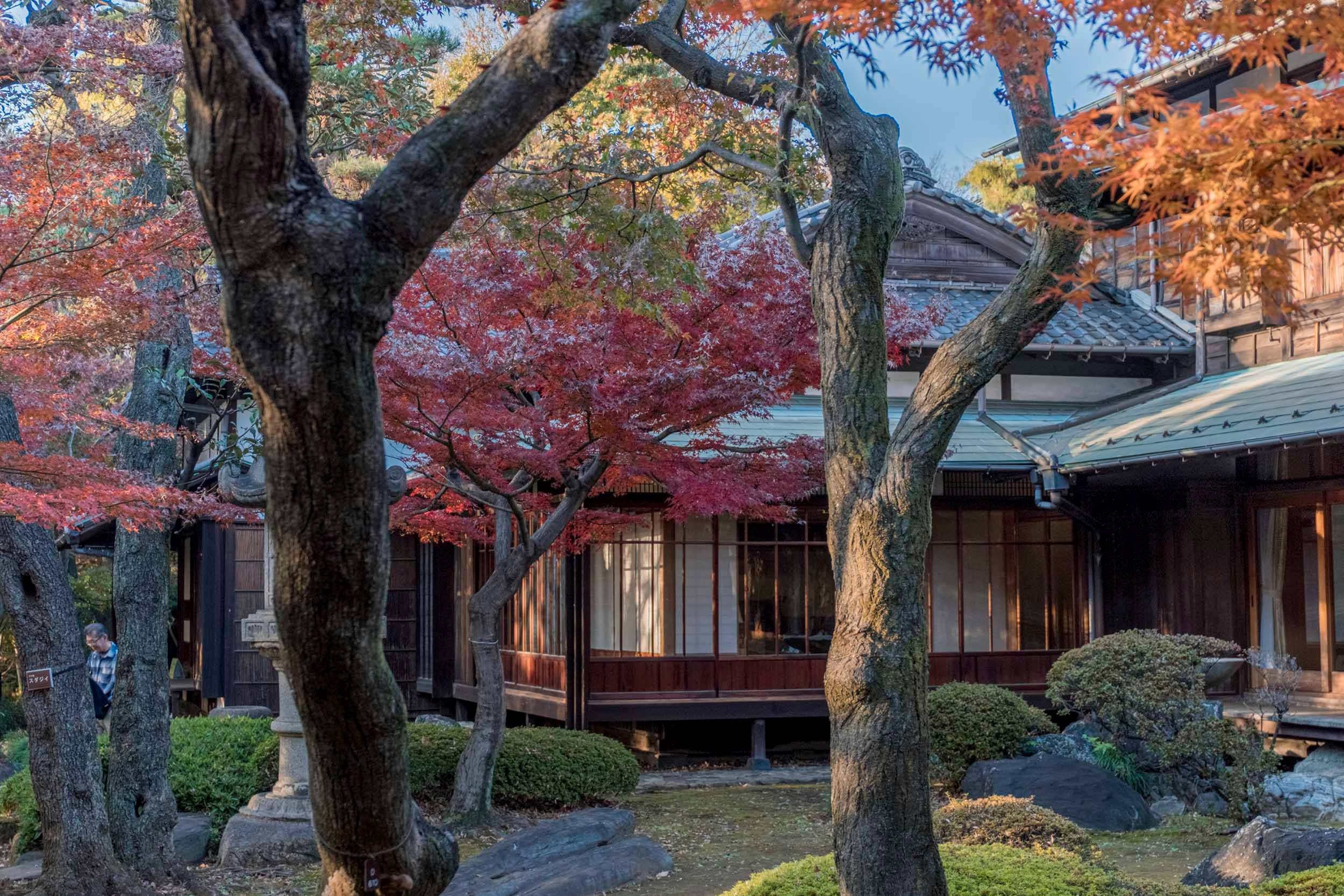
Highlights
Must-see attractions

Social
From TikTok & Reddit
Best Time
Fewer crowds, more peaceful

Kyu Asakura House Tokyo
Best Time
Fewer crowds, more peaceful

Highlights
Must-see attractions
A serene Taisho-era mansion and its exquisite garden, offering a peaceful historical retreat near Shibuya.
"A well-preserved gem offering a peaceful escape with a beautiful garden and authentic architecture."

🦟 Garden Mosquito Repellent
Bring bug spray for the garden, especially in summer. Mosquitos can be quite active!
🤫 Photography Rules
Be mindful of photo restrictions inside the house. Staff are strict about personal photos.

Highlights
Discover the most iconic attractions and experiences
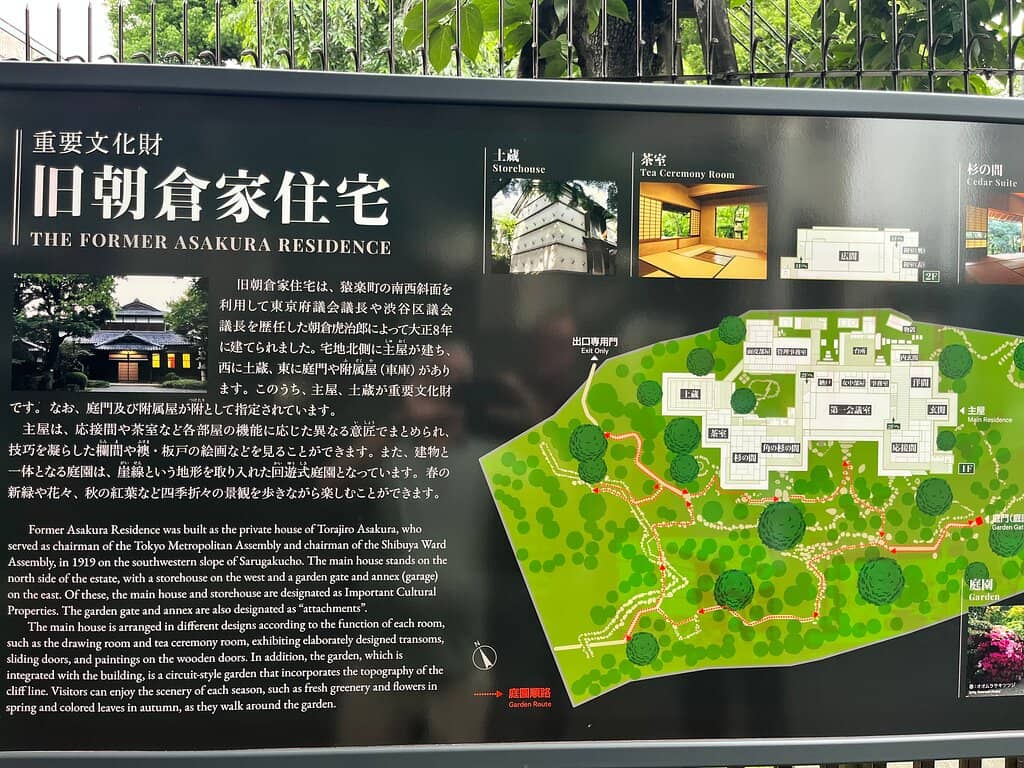
Traditional Japanese Garden
Garden
A meticulously maintained garden with winding paths, offering a serene escape and beautiful seasonal blooms.
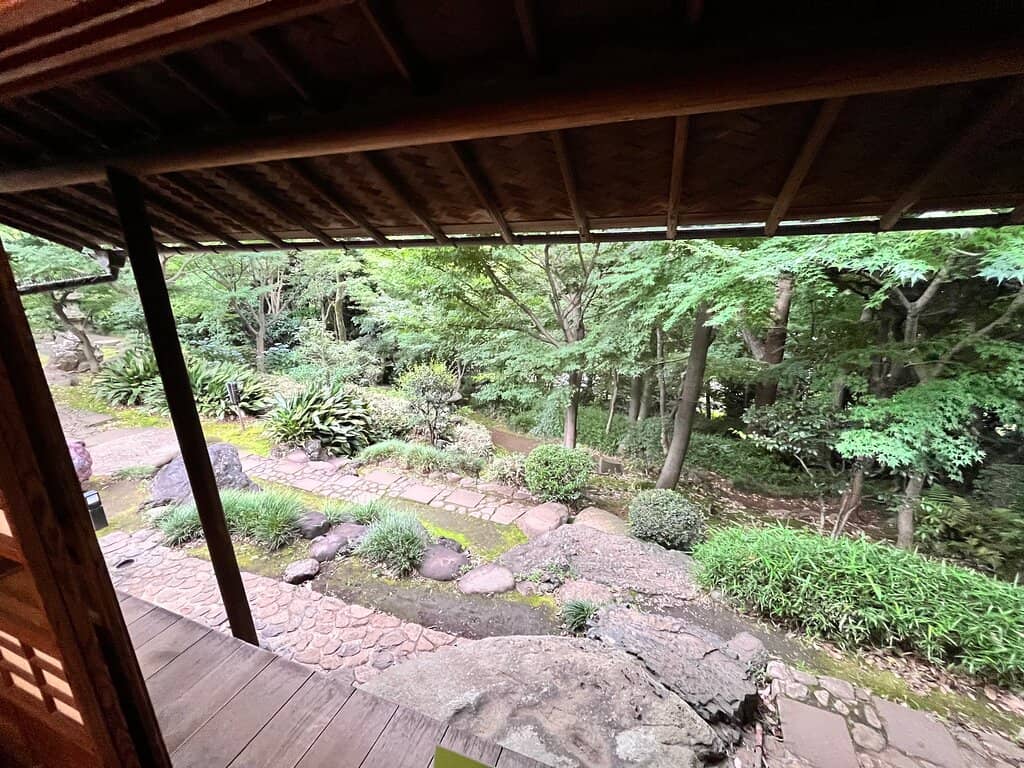
Taisho-era Architecture
Mansion Interior
Step back in time exploring the elegant tatami rooms and unique architectural details of this historic mansion.
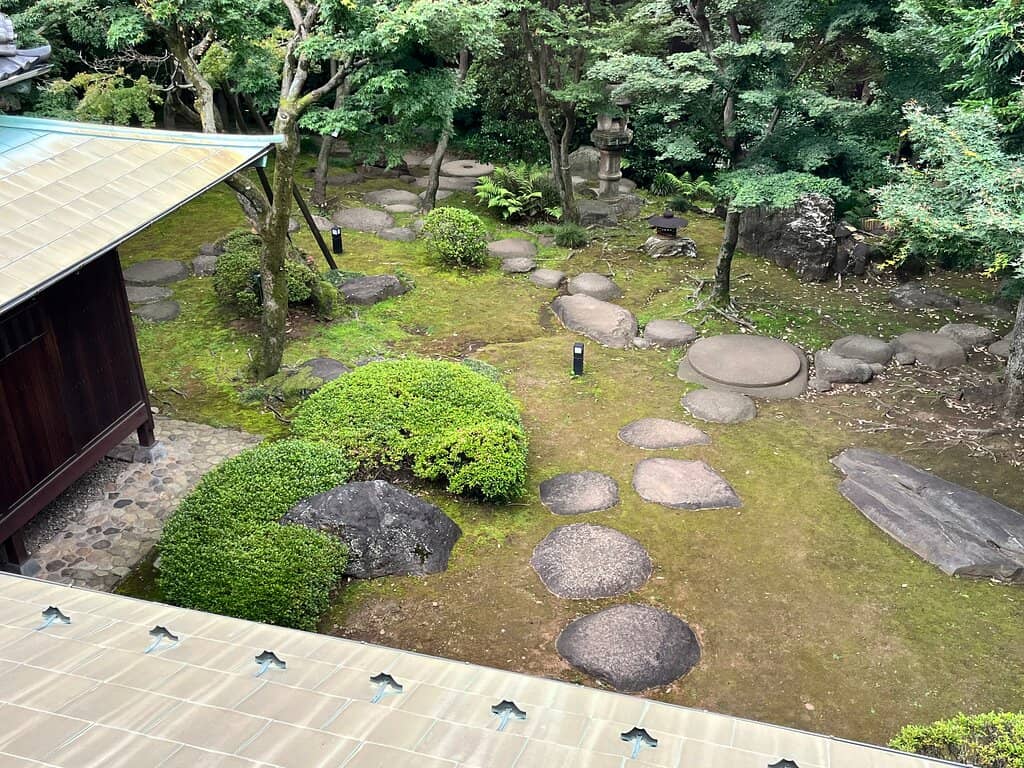
Peaceful Ambiance
Entire Property
Experience a rare moment of quiet reflection amidst the vibrant energy of Tokyo. A true hidden gem.
Plans like a pro.
Thinks like you
Planning Your Visit
Embrace the Tranquility
Garden Etiquette & Mosquito Alert
Best Times
Insider Tips
from TikTok, Instagram & Reddit
🦟 Garden Mosquito Repellent
Bring bug spray for the garden, especially in summer. Mosquitos can be quite active!
🤫 Photography Rules
Be mindful of photo restrictions inside the house. Staff are strict about personal photos.
🚶♀️ Explore the Garden Paths
Wander down the garden paths; you might find a charming exit into the neighborhood.
💰 Affordable Entry Fee
The entrance fee is very reasonable, making it a great value for a unique experience.
Tips
from all over the internet
🦟 Garden Mosquito Repellent
Bring bug spray for the garden, especially in summer. Mosquitos can be quite active!
🤫 Photography Rules
Be mindful of photo restrictions inside the house. Staff are strict about personal photos.
🚶♀️ Explore the Garden Paths
Wander down the garden paths; you might find a charming exit into the neighborhood.
💰 Affordable Entry Fee
The entrance fee is very reasonable, making it a great value for a unique experience.
🗣️ Friendly English-Speaking Staff
Staff are kind and helpful, with some speaking good English.
What Travellers Say
Reviews Summary
Visitors consistently praise Kyu Asakura House as a beautifully preserved gem offering a tranquil escape from Shibuya's hustle. The traditional Japanese garden is a major highlight, providing a serene and picturesque experience. While the interior architecture is appreciated, strict photography rules are a common point of mention.
"For a simple $500 yen this was a beautiful place to explore. The grounds are stunning during the sunset hours and the restrooms at the front of the facility were extremely well maintained. The rest of the house is an excellent experience and would highly recommend for those who can appreciate and respect the cultural significance of the facility and will adhere to posted rules and requests to maintain the integrity for future generations to share."
Daniel Flores
"Kyu asakura house is one of the few well preserved traditional Japanese house, right in Tokyo. When I went around afternoon, it was full of people but the place is large so you can explore without feeling suffocated. Has a pretty traditional Japanese garden and most places within the house has descriptors in English. Not something to go out of the way to check out but if you are in Tokyo, can definitely check this out."
Chhanda Barman
"A great spot to learn more about traditional Japanese life and architecture. The atmosphere is very calming. The entrance fee is ¥500 per adult ticket."
Anh Tung Vu
What People Like
What People Dislike
Frequently Asked Questions
🚇 🗺️ Getting There
Kyu Asakura House is conveniently located near Shibuya Station. Take the JR Yamanote Line or other major lines to Shibuya Station. From there, it's about a 10-15 minute walk. Follow signs for the house or use a navigation app.
Yes, it's easily accessible by Tokyo's excellent public transport system. Shibuya Station is a major hub, making it simple to reach from most parts of the city.
Exit Shibuya Station and head towards the Mark City shopping complex. Continue walking through the residential streets, keeping an eye out for signage. It's a pleasant walk through a quieter neighborhood.
There are no dedicated parking facilities for visitors at Kyu Asakura House. It is highly recommended to use public transportation to reach the site.
Yes, you can take a taxi to Kyu Asakura House. Provide the driver with the address or 'Kyu Asakura House' (旧朝倉家住宅). This can be a convenient option if you have mobility concerns or are traveling with luggage.
🎫 🎫 Tickets & Entry
The entrance fee is very affordable, typically around ¥100 per person. This makes it an excellent value for experiencing a piece of Tokyo's history.
Advance booking is generally not required for Kyu Asakura House. You can purchase tickets at the entrance upon arrival.
Opening hours can vary, but it's typically open during daylight hours. It's advisable to check the official website or a reliable travel guide for the most current hours before your visit.
Weekday mornings tend to be the least crowded, offering a more peaceful experience. Arriving shortly after opening is often recommended.
The Japan Rail Pass is for train travel and does not cover entrance fees to attractions like Kyu Asakura House. You will need to pay the separate admission fee.
📸 📸 Photography
Photography inside the house is restricted. While some quick photos might be tolerated, they strictly prohibit taking photos of yourself or others for extended periods. Respect the staff's instructions.
Yes, photography is generally allowed in the garden. It's a beautiful spot for capturing the traditional landscape.
The garden offers numerous picturesque spots with its winding paths and lush greenery. The exterior of the house against the garden backdrop is also a popular photo opportunity.
Drone photography is almost certainly prohibited within the grounds of Kyu Asakura House and its surrounding residential area due to privacy and safety concerns.
A standard lens for capturing the architecture and garden details is sufficient. Given the restrictions inside, a wide-angle lens might be useful for the garden, but avoid anything that draws excessive attention.
🎫 🌿 Onsite Experience
A visit to Kyu Asakura House typically takes about 1 to 2 hours, allowing time to explore both the house and its beautiful garden.
You can explore the preserved rooms of the Taisho-era mansion, appreciating its traditional design and tatami mats. The highlight for many is the expansive, beautifully landscaped Japanese garden.
The garden has winding paths and some inclines, which might be challenging for those with significant mobility issues. The house itself has stairs.
The tour is largely self-guided. Information panels are available, and staff are on hand to answer questions.
Comfortable walking shoes are recommended for exploring the garden. Dress respectfully, as it is a historical site.
🍽️ 🍽️ Food & Dining
There are no dining facilities within Kyu Asakura House itself. You'll need to find food options in the surrounding Shibuya area.
Being close to Shibuya, you'll find a vast array of dining options, from casual ramen shops and cafes to more upscale restaurants offering Japanese and international cuisine.
It's generally not permitted to eat or drink within the house or garden to preserve the tranquility and cleanliness of the site.
Explore the streets around Shibuya Station for countless options. You can find everything from quick bento boxes to sit-down meals.
While there isn't a designated picnic area on the property, you might find small parks or public spaces in the wider Shibuya neighborhood where a picnic could be enjoyed.
For Different Travelers
Tailored advice for your travel style
👨👩👧 Families with Kids
Tips for families:
* Bring mosquito repellent for the garden.
* Explain the photography rules beforehand to manage expectations.
* Focus on the garden as the main attraction for kids.
* Combine the visit with other family-friendly activities in Shibuya.
💰 Budget Travelers
Tips for budget travelers:
* Take advantage of the low entry fee.
* Walk from Shibuya Station to save on local transport.
* Pack your own snacks and water, as there are no facilities on-site, saving on impulse purchases.
📸 Photography Enthusiasts
Photography tips:
* Visit during the 'golden hour' for soft, beautiful light in the garden.
* Experiment with different angles to capture the depth and serenity of the garden.
* Be patient and respectful of the photography rules inside the house; focus on the experience rather than just the shots.
Deep Dives
In-depth insights and expert knowledge
A Glimpse into the Taisho Era
Visitors often remark on the peaceful atmosphere within the house, a stark contrast to the bustling Shibuya district just a short walk away. The careful preservation of the original features allows guests to imagine life as it was for the Asakura family. The information provided within the house helps contextualize the architecture and the historical period, enriching the visitor's understanding and appreciation of this unique cultural asset.
The Art of the Japanese Garden
Many visitors find the garden to be the most captivating part of their visit, praising its tranquility and aesthetic appeal. However, it's important to be aware of the potential for mosquitoes, especially during warmer months, as noted by several visitors. Despite this, the serene environment and the thoughtful design make it a highly rewarding experience. The garden's layout also offers a sense of discovery, with paths that can lead to unexpected, charming corners.
Photography Etiquette and Expectations
This policy, while sometimes frustrating for visitors hoping for extensive interior shots, is a common practice in many historical Japanese homes and temples to protect the artifacts and maintain the atmosphere. Visitors are encouraged to take a few discreet photos if permitted, but the primary experience should be about observing and appreciating the architecture and history. The garden, on the other hand, offers ample opportunities for beautiful photography, capturing the essence of traditional Japanese landscaping.
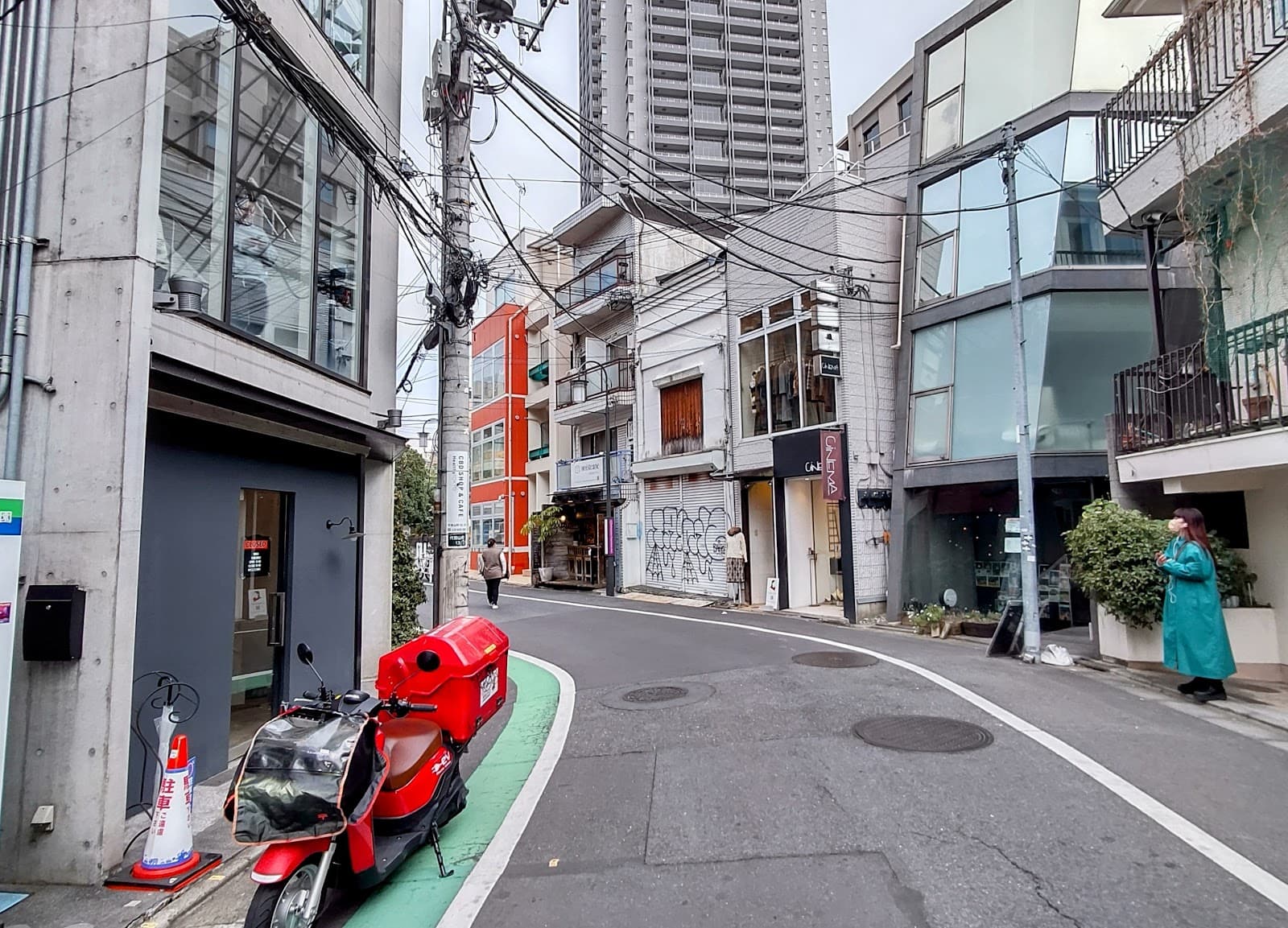
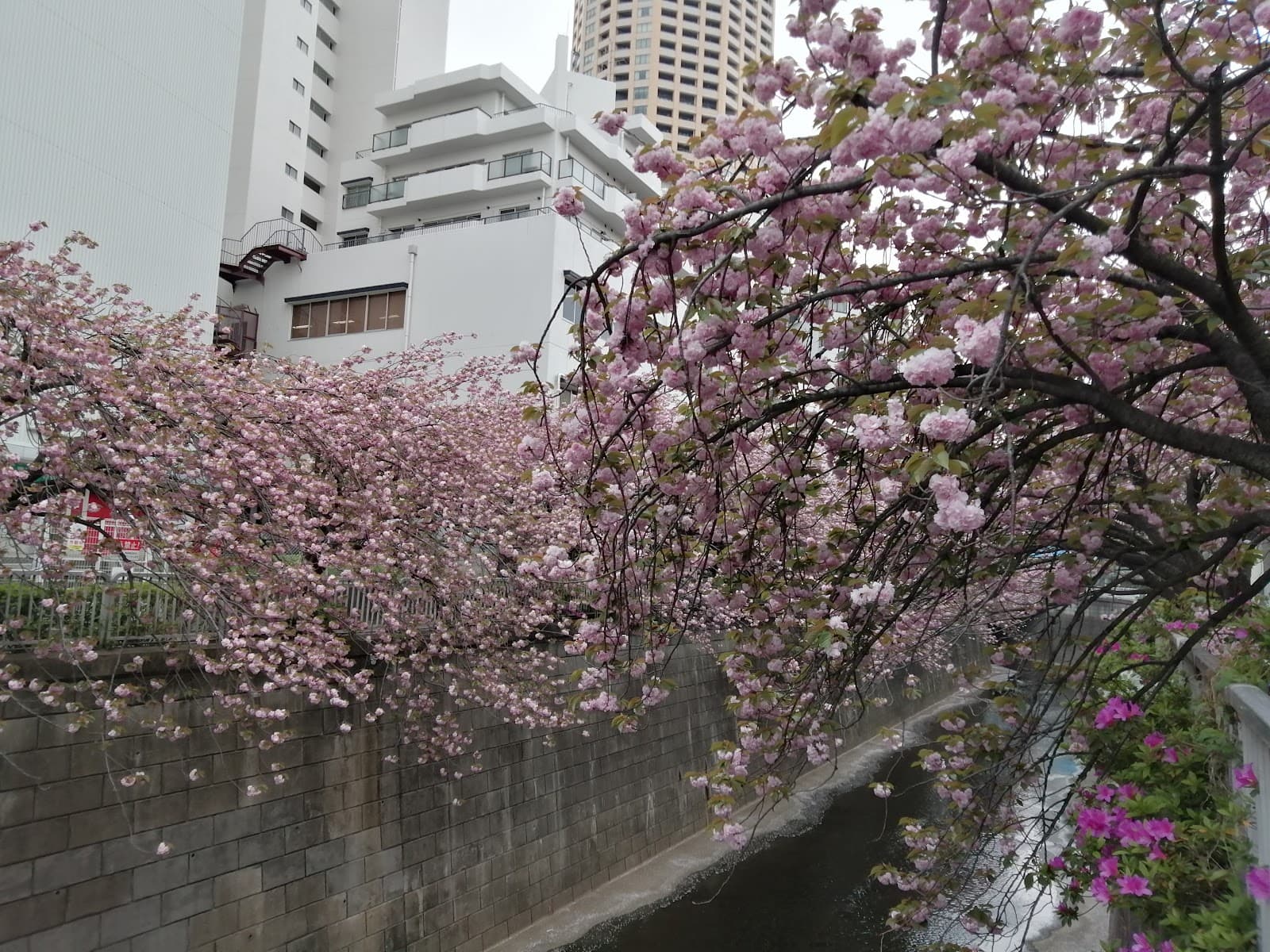
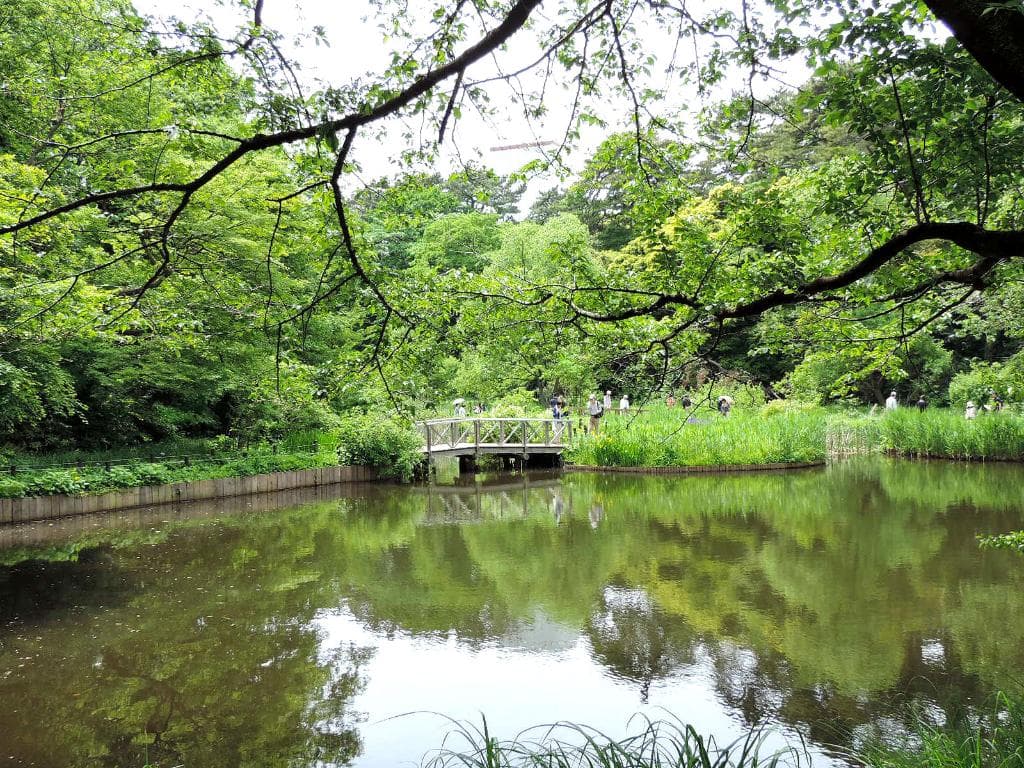
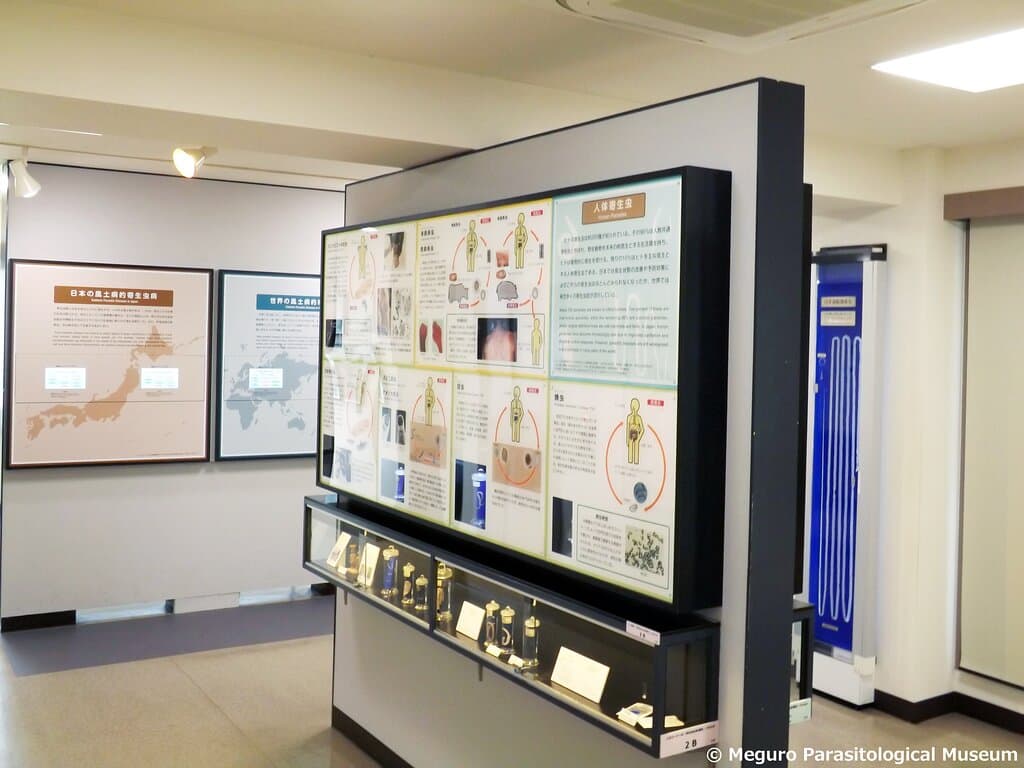

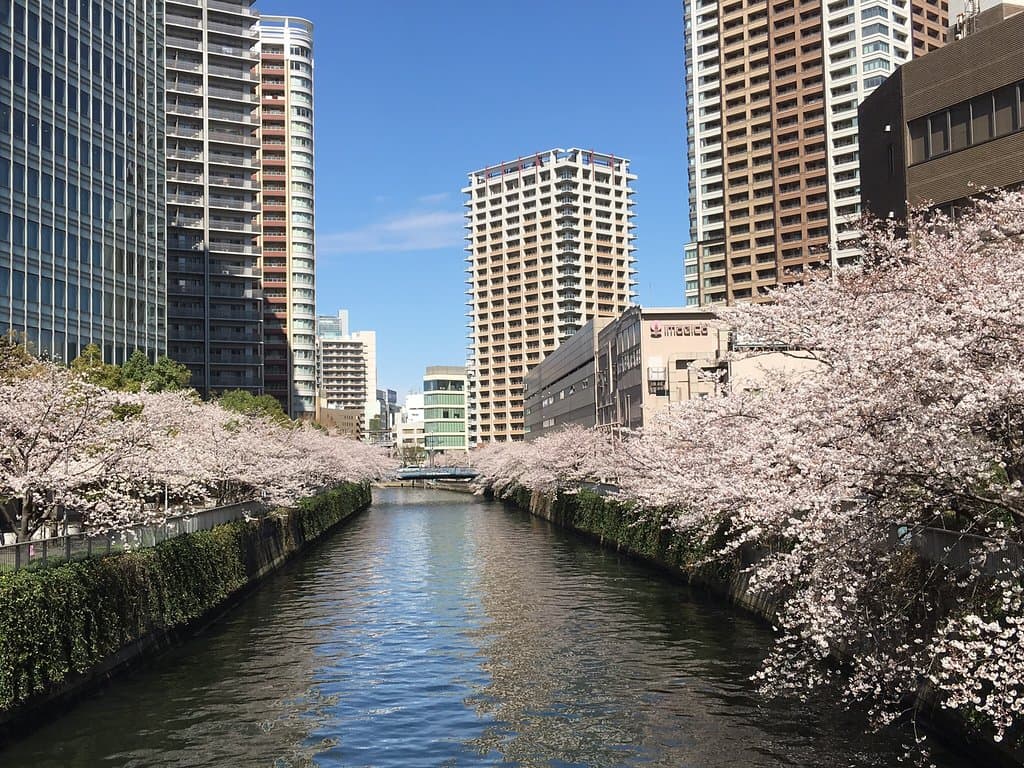
Social
from TikTok, Instagram & Reddit